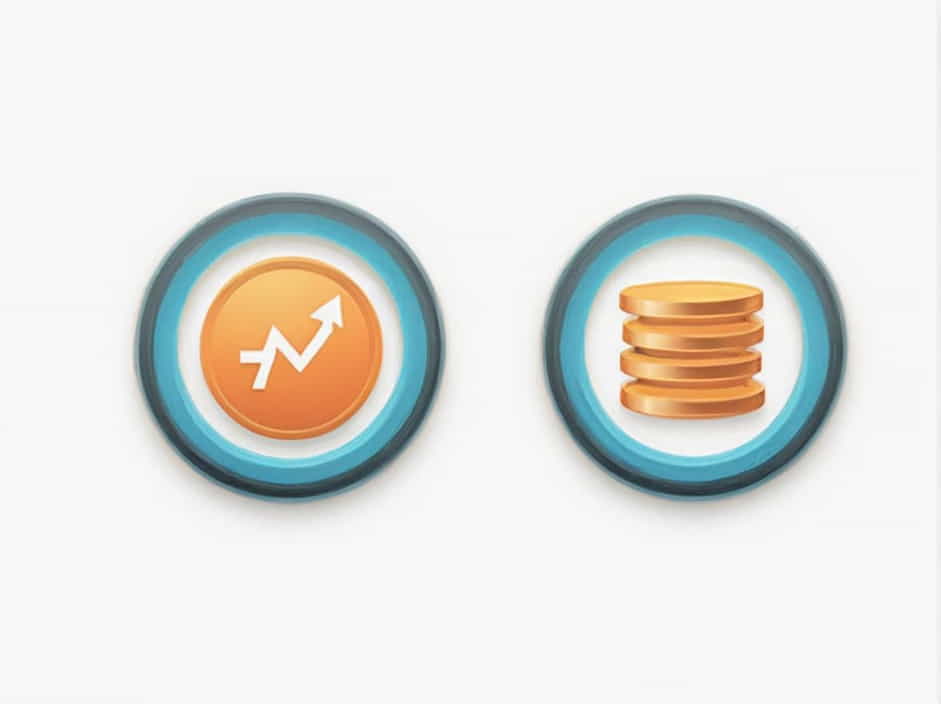Economics is divided into two main branches: microeconomics and macroeconomics. While both focus on how resources are allocated and how economies function, they examine different aspects of economic activity.
Understanding the difference between microeconomics and macroeconomics is essential for students, business professionals, and policymakers. This topic explains the key differences, definitions, scope, and real-world applications of each field.
What Is Microeconomics?
Definition
Microeconomics is the branch of economics that studies individual consumers, businesses, and markets. It focuses on how people make economic decisions regarding purchasing, production, pricing, and resource allocation.
Key Areas of Study
Microeconomics includes the following concepts:
- Supply and Demand: Examines how the price and quantity of goods are determined in a market.
- Consumer Behavior: Studies how individuals make purchasing decisions based on income and preferences.
- Production and Costs: Analyzes how businesses produce goods efficiently while managing costs.
- Market Structures: Explores different types of markets, such as perfect competition, monopoly, and oligopoly.
Examples of Microeconomic Issues
- How does a rise in coffee prices affect consumer demand?
- Why do airlines charge different ticket prices for the same flight?
- What happens when a company raises wages for workers?
Microeconomics focuses on small-scale economic activities and helps businesses make decisions based on market conditions.
What Is Macroeconomics?
Definition
Macroeconomics is the branch of economics that studies the overall economy. It looks at national and global economic trends, including GDP, inflation, unemployment, and government policies.
Key Areas of Study
Macroeconomics covers broad topics such as:
- Economic Growth: Measures how a country’s economy expands over time.
- Inflation: Examines the rise in the general price level and its impact on purchasing power.
- Unemployment: Analyzes joblessness rates and labor market trends.
- Government Policies: Studies fiscal and monetary policies used to stabilize the economy.
Examples of Macroeconomic Issues
- What causes inflation, and how does it affect the cost of living?
- How does government spending influence economic growth?
- Why do some countries experience recessions while others grow?
Macroeconomics helps governments and policymakers make decisions that impact entire economies rather than just individuals or businesses.
Key Differences Between Microeconomics and Macroeconomics
1. Focus and Scope
- Microeconomics studies individual consumers, firms, and markets.
- Macroeconomics studies the economy as a whole, including national and global trends.
2. Key Variables Analyzed
- Microeconomics examines price, demand, supply, costs, wages, and competition.
- Macroeconomics looks at GDP, inflation, interest rates, employment, and trade policies.
3. Level of Analysis
- Microeconomics is small-scale, focusing on specific industries or businesses.
- Macroeconomics is large-scale, covering national and international economies.
4. Decision-Making Impact
- Microeconomics helps businesses set prices, optimize production, and understand consumer behavior.
- Macroeconomics helps governments design policies to manage economic stability and growth.
5. Examples
| Aspect | Microeconomics | Macroeconomics |
|---|---|---|
| Price Changes | Why do iPhones become more expensive? | What causes inflation in a country? |
| Employment | Should a company hire more workers? | What is the national unemployment rate? |
| Production | How much should a bakery produce daily? | How does industrial output affect GDP? |
| Policy Decisions | How do taxes affect a small business? | How does government spending influence economic growth? |
Both branches of economics are interconnected, meaning changes in microeconomic decisions can influence macroeconomic trends, and vice versa.
How Microeconomics and Macroeconomics Work Together
Although microeconomics and macroeconomics focus on different levels of analysis, they are closely related.
1. How Microeconomic Decisions Affect Macroeconomics
When millions of consumers decide to save more and spend less, businesses experience lower demand, leading to slower economic growth and a possible recession.
2. How Macroeconomic Policies Affect Microeconomics
If a government increases interest rates to control inflation, borrowing becomes more expensive. As a result, businesses invest less, and consumers cut back on spending, affecting individual markets.
Understanding both micro and macroeconomic principles is crucial for making informed financial, business, and policy decisions.
Real-World Applications of Microeconomics and Macroeconomics
1. Business Strategy and Microeconomics
Companies use microeconomics to:
- Set competitive prices based on demand and supply.
- Optimize production costs for higher profits.
- Study consumer preferences to develop better products.
For example, Amazon uses microeconomic data to adjust product prices based on consumer behavior and market demand.
2. Government Policy and Macroeconomics
Governments use macroeconomics to:
- Control inflation through interest rate policies.
- Reduce unemployment by creating job programs.
- Stimulate economic growth with infrastructure investments.
For example, the Federal Reserve adjusts interest rates to manage inflation and economic growth.
Which Is More Important: Microeconomics or Macroeconomics?
Both microeconomics and macroeconomics are essential, depending on the perspective:
- For businesses and individuals, microeconomics is more relevant because it affects pricing, consumer choices, and market competition.
- For policymakers and economists, macroeconomics is more important because it deals with economic growth, stability, and national policies.
Since the two fields are interconnected, understanding both provides a complete picture of how economies function.
Microeconomics and macroeconomics are two fundamental branches of economics that analyze different aspects of economic activity.
Key Takeaways:
- Microeconomics focuses on individual decisions, market structures, and pricing.
- Macroeconomics examines overall economic trends like inflation, GDP, and government policies.
- Both fields are interconnected, and changes in one can affect the other.
Understanding these concepts helps individuals, businesses, and policymakers make informed financial and economic decisions.
